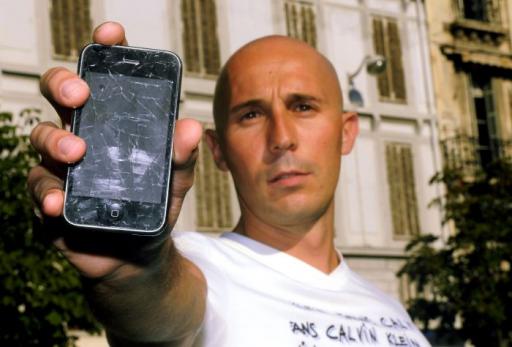If you have ever experienced accidently damaging your iPhone, you are not alone. While iPhones are the most popular phone in the market, they also happen to be the most accident prone, leaving many users stuck with using a broken phone. While mishaps can’t be predicted, there are some precautions you can take to try to avoid the most common iPhone accidents.
Many users have experienced the heartbreak of picking up their dropped phone and seeing the screen completely shattered. According to a study from Squaretrade, more than half of iPhone accidents have occurred within the users own home. This statistic should not lead you to believe that your home is a dangerous place for your phone; it only means that you should be especially cautious when you are in the kitchen and living room. This is because most living rooms have hardwood floors and there are often many sharp objects found in kitchen –21% of accidents seem to happen in the kitchen and 18% in the living room.

Another accident-prone room of the house is the bathroom. With sinks, toilets, and showers, iPhone accidents in bathrooms have lead to water damaged phones, amounting to 16% of mishaps that occur within the house. Speaking of water damage, the most common liquids that damage phones are water (43%), soda (19%), beer (12%), and coffee/tea (12%).
A way to secure your iPhone from these accidents is to buy a protective case. There are iPhone cases available that are designed to protect your phone better than others; but heavy-duty protective cases are more expensive. If you’re on the clumsy side, it may be in your best interest to buy a more protective case for your phone.
Have you taken all of these precautions and still found yourself starring at a cracked back panel? Taking it to a store to get it fixed is one option, but you can also fix your problems in the comfort of your own home. The first step for any home repair is to make sure that your phone is turned off before disassembling any parts. If you are replacing the back panel, remove the two 3.6 mm Phillips screws next to the dock connector. While disassembling the back panel, push the rear panel toward the top edge of the iPhone, and the panel should move about 2mm. Your back panel should come off at this point, and replacing it with the new panel is just the reverse order of these directions.
Taryn Wong is a content writer for Wireless Emporium, the leading online retailer for cell phone accessories.










Comments